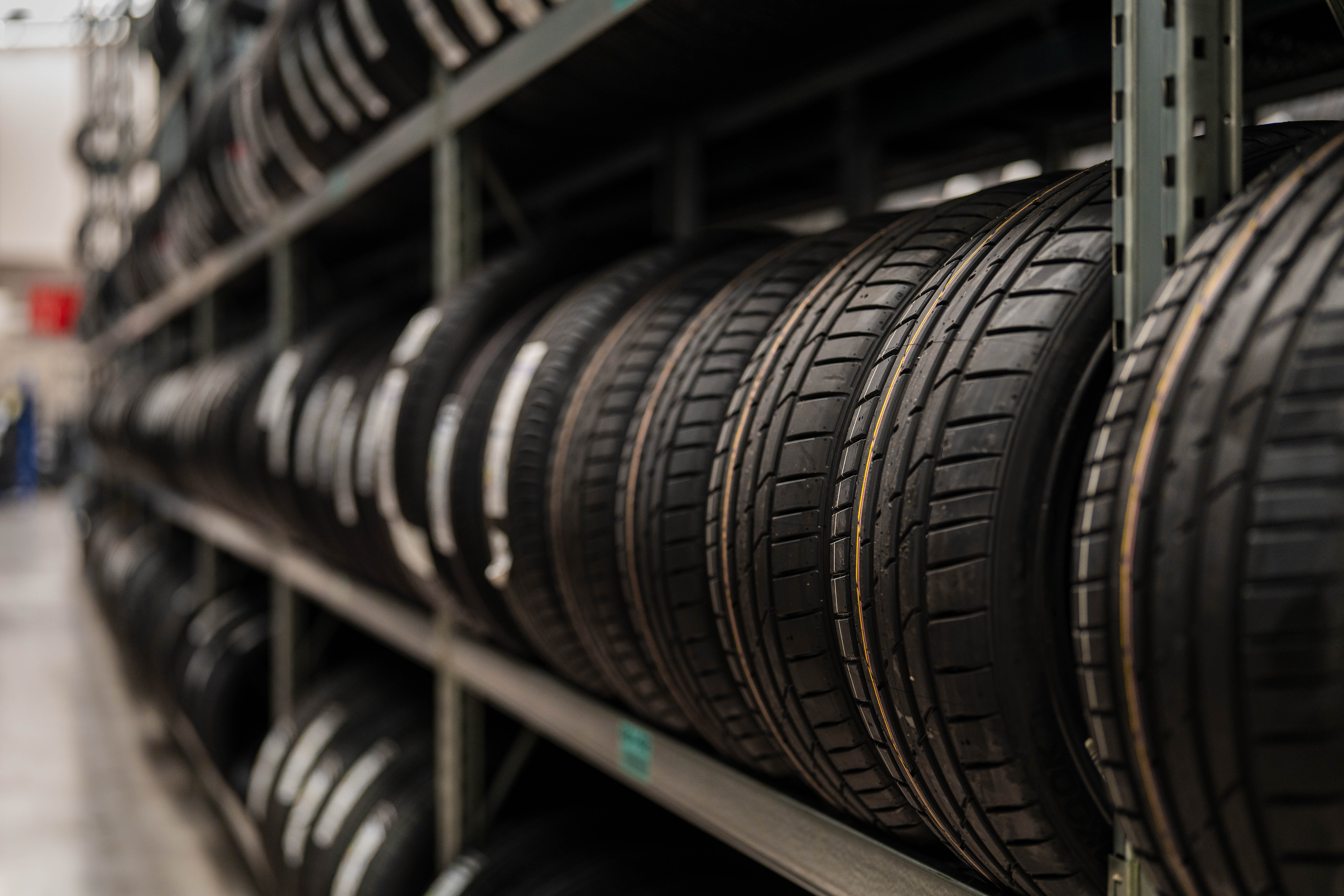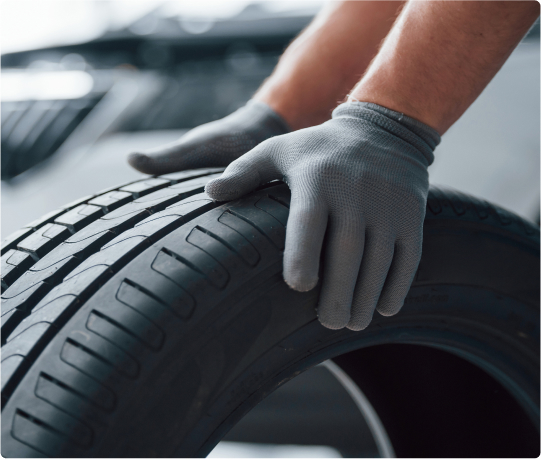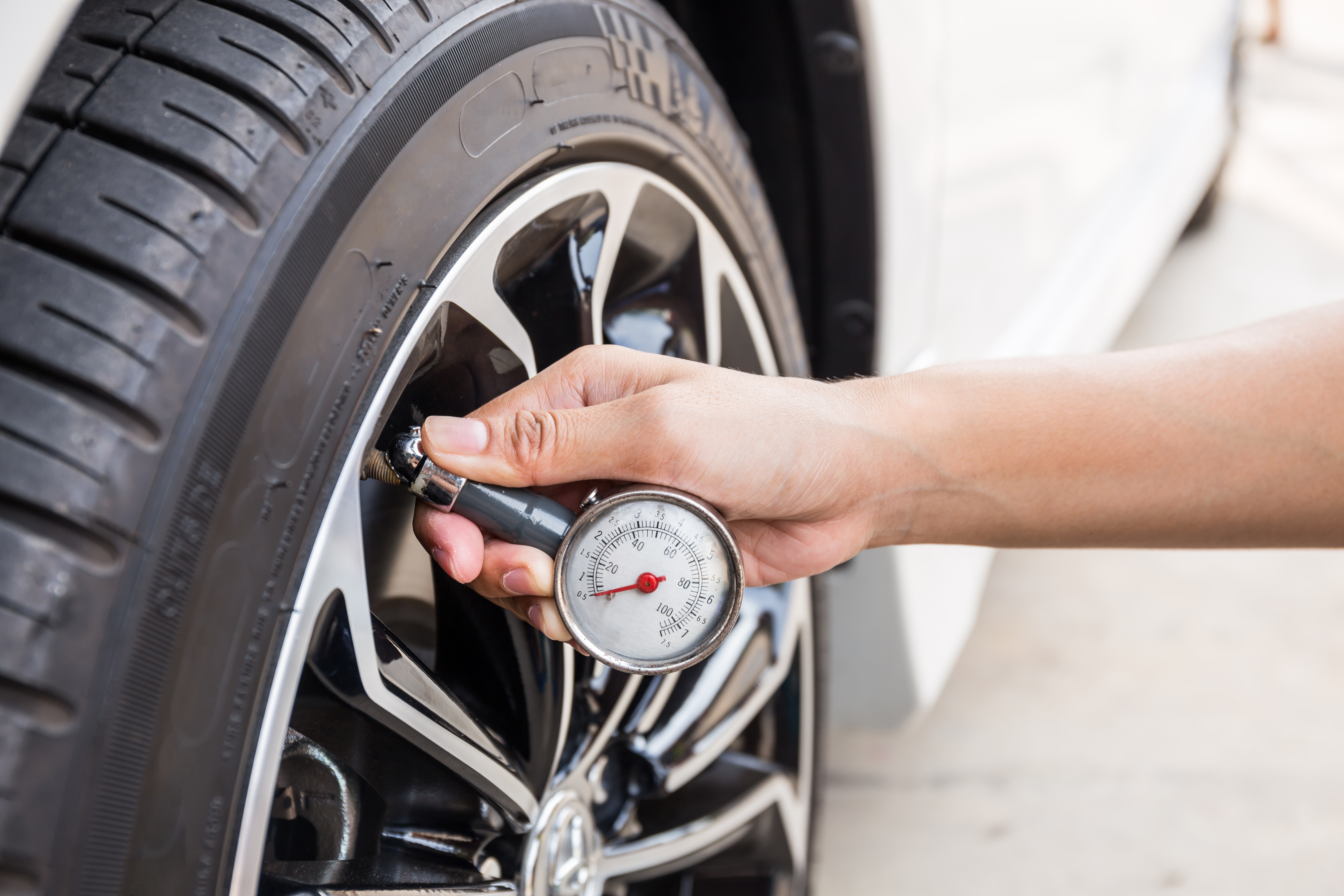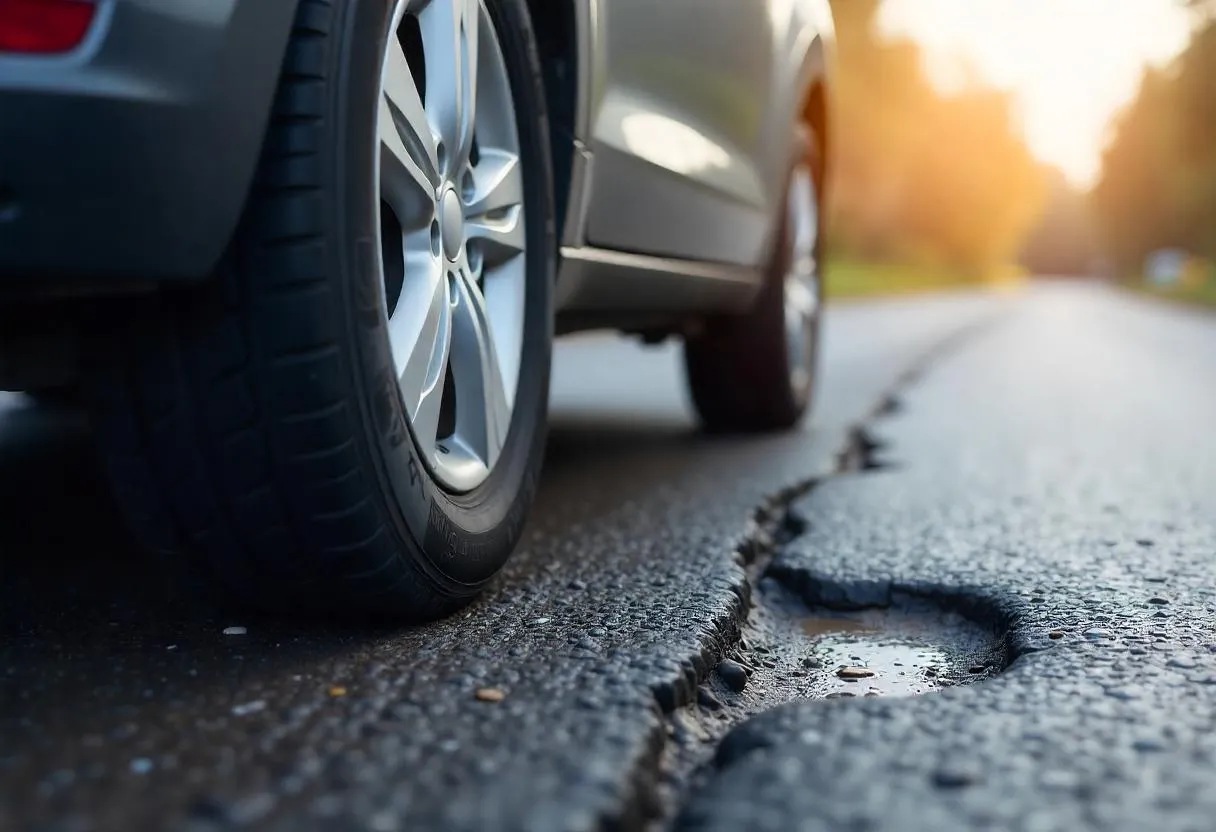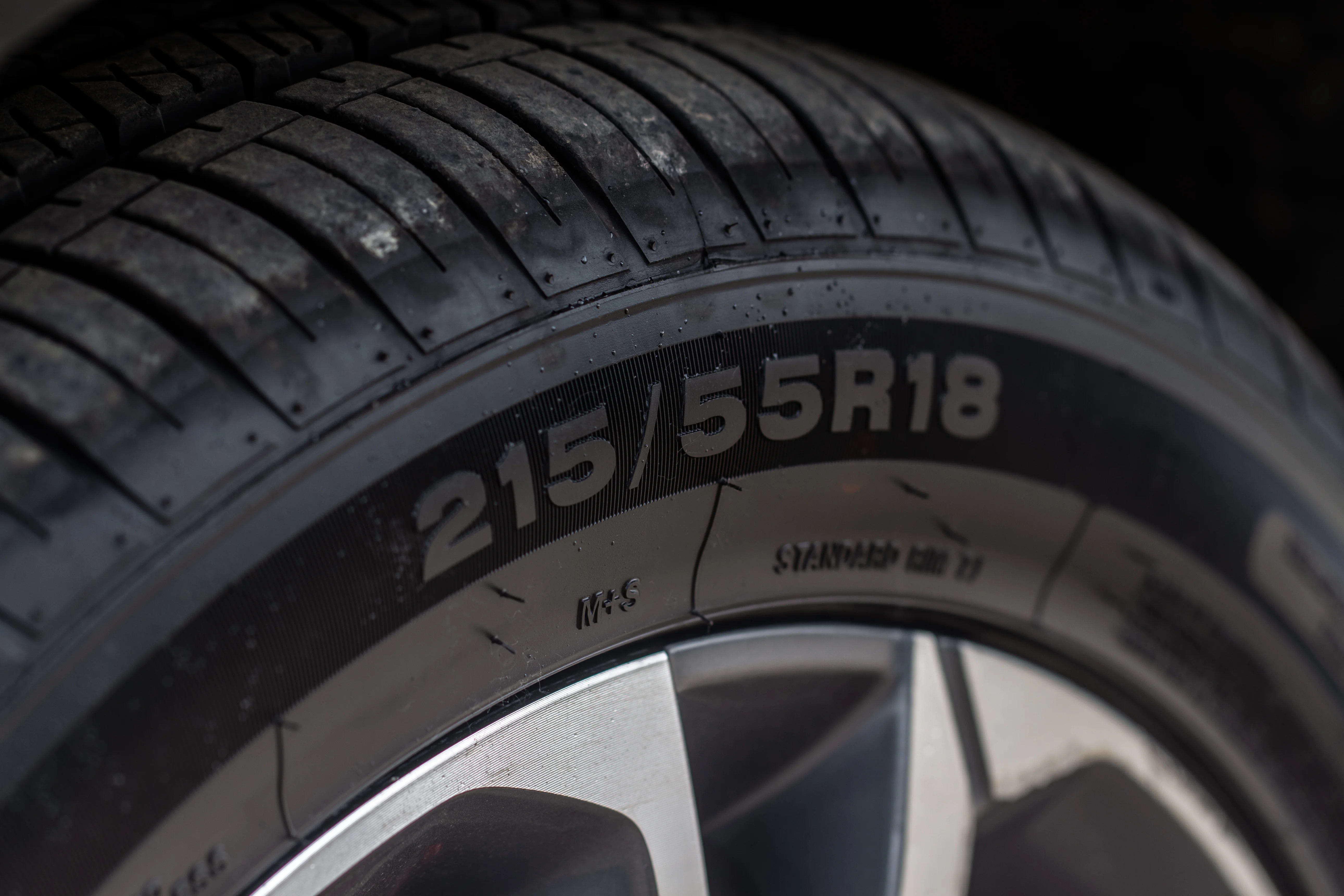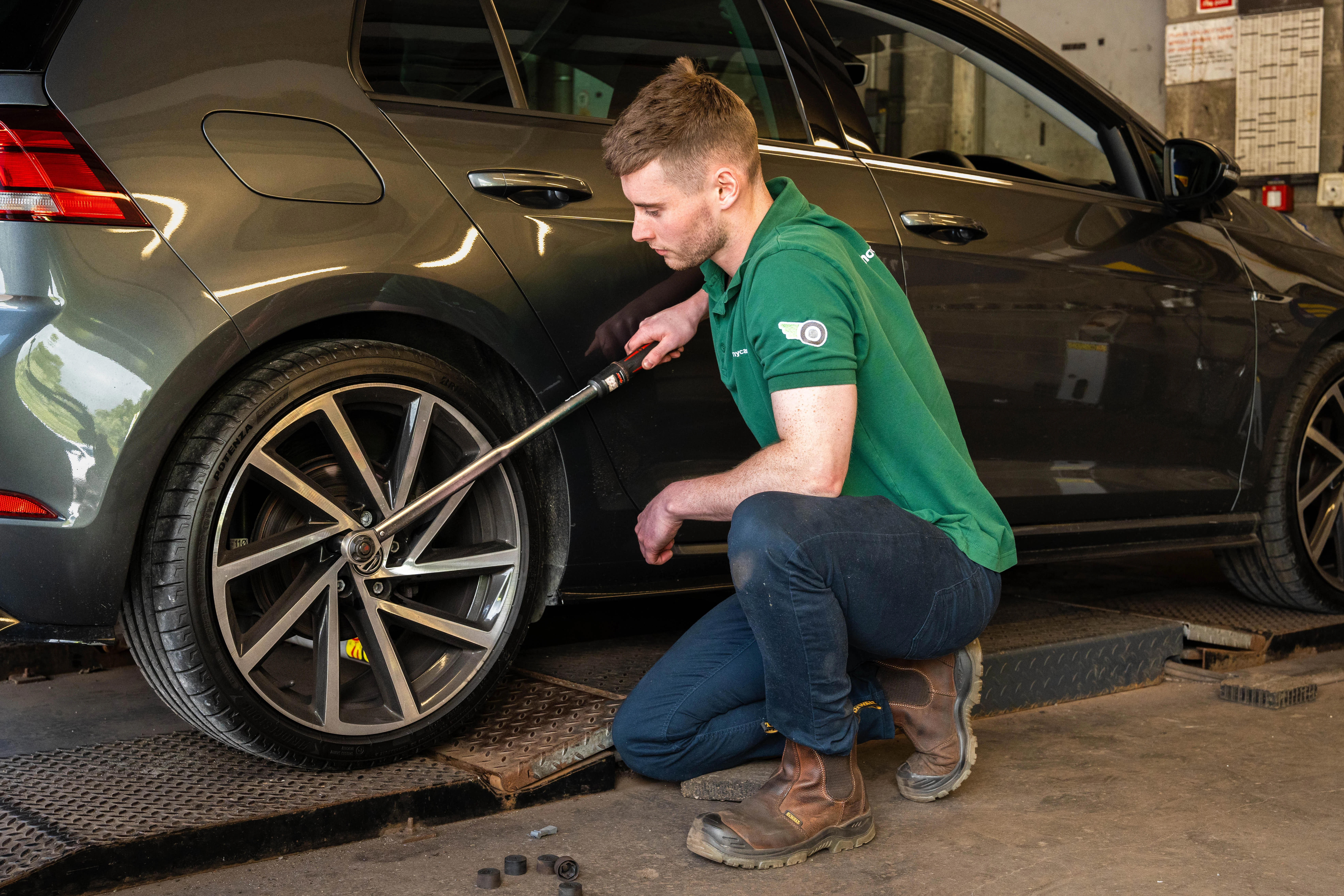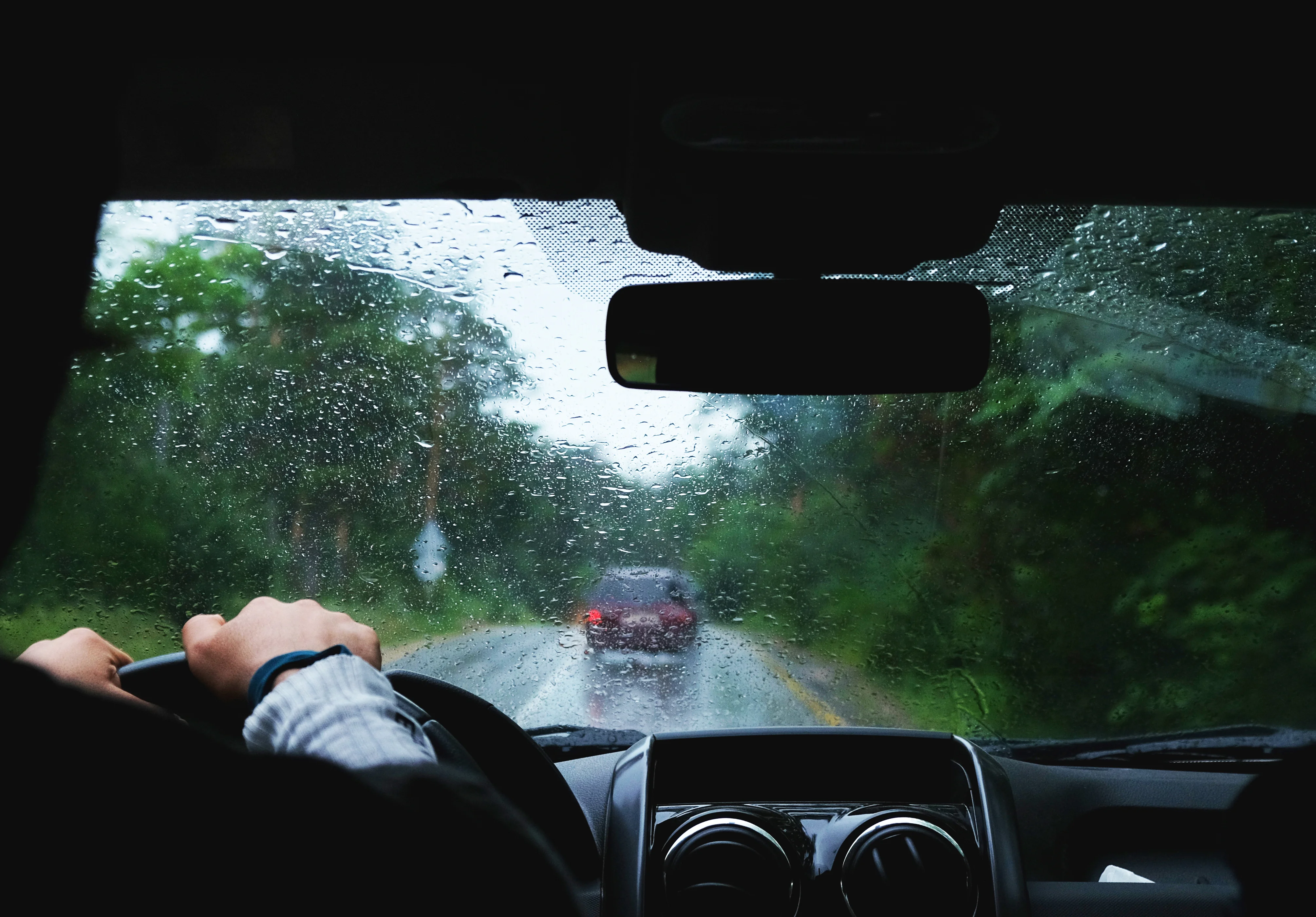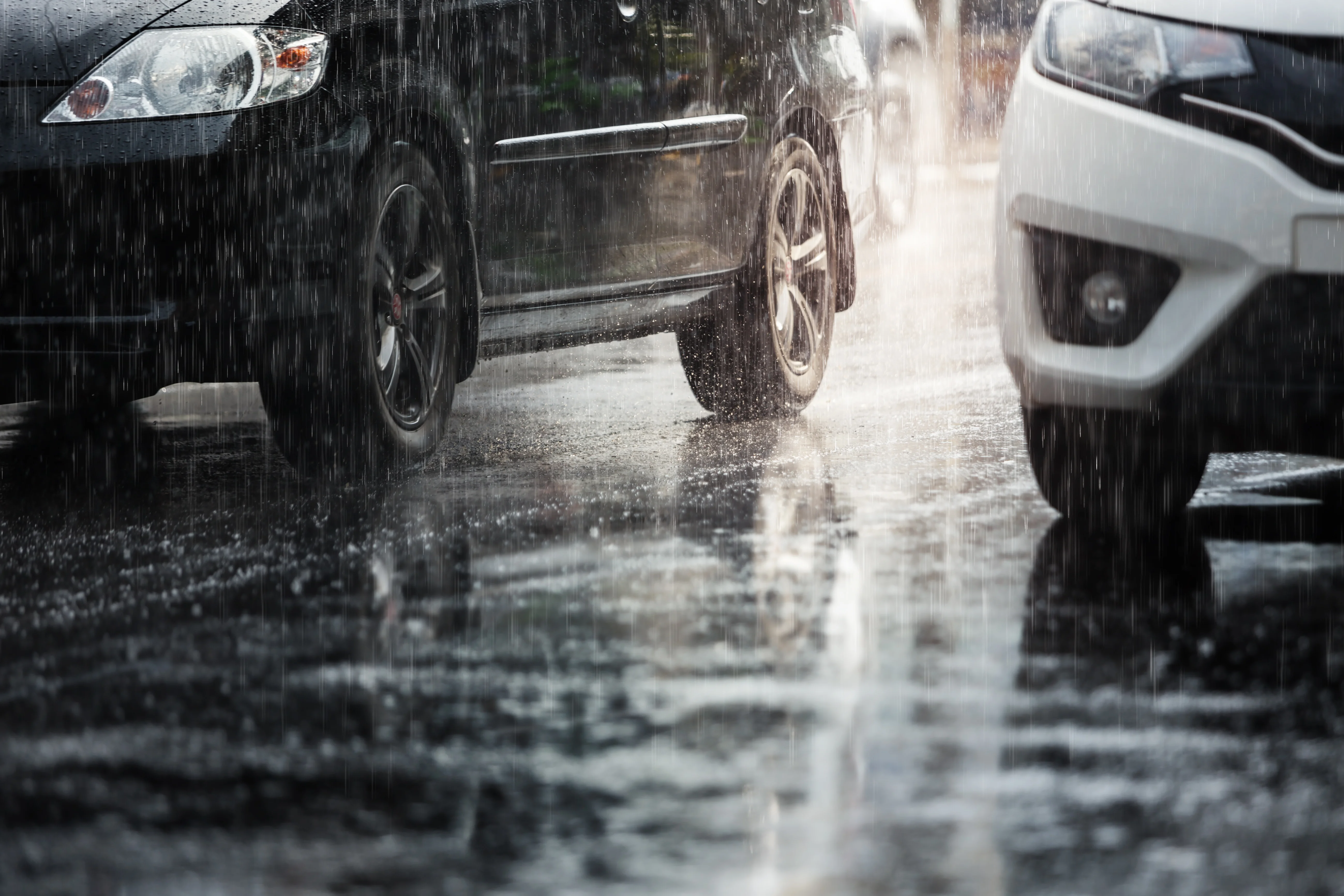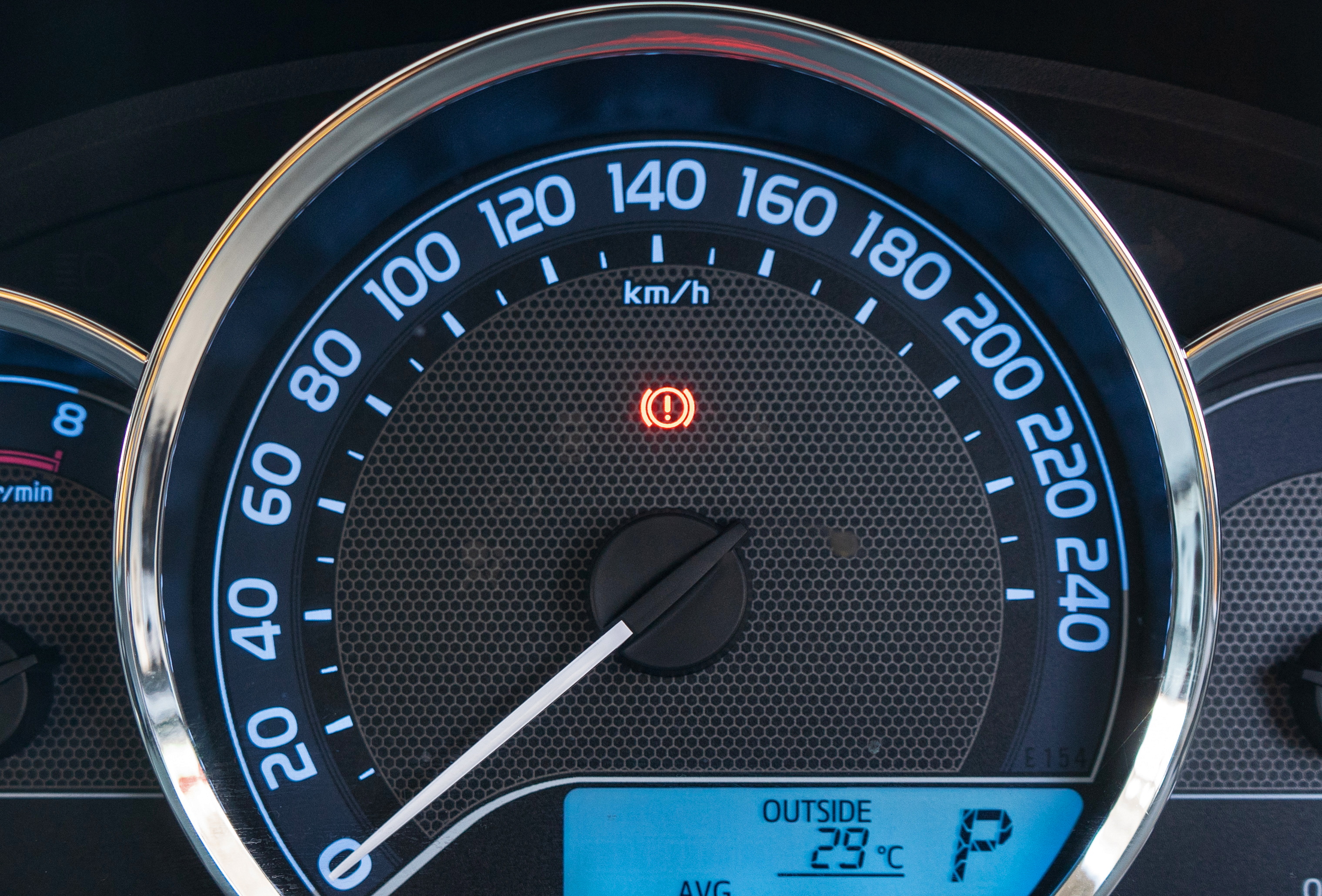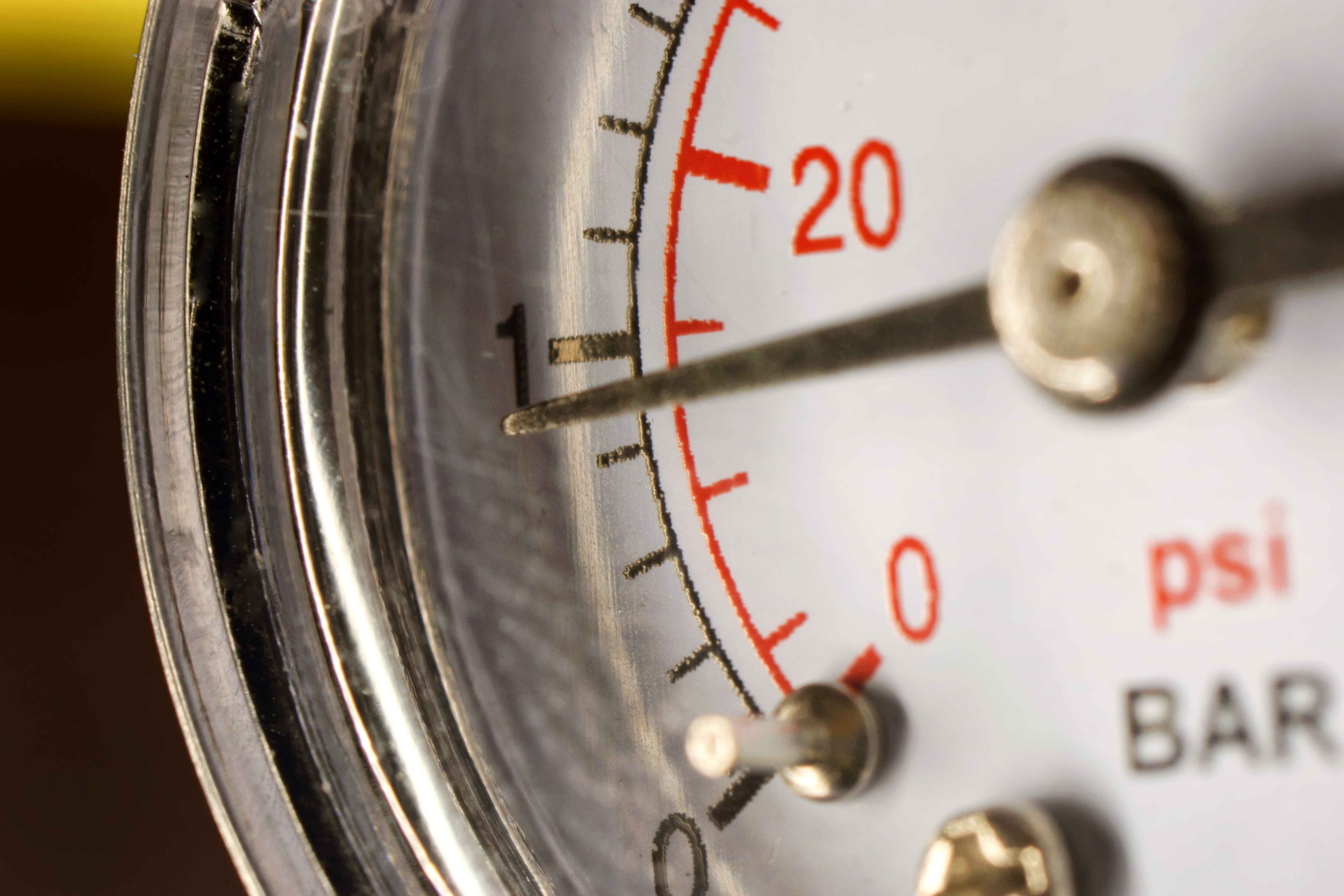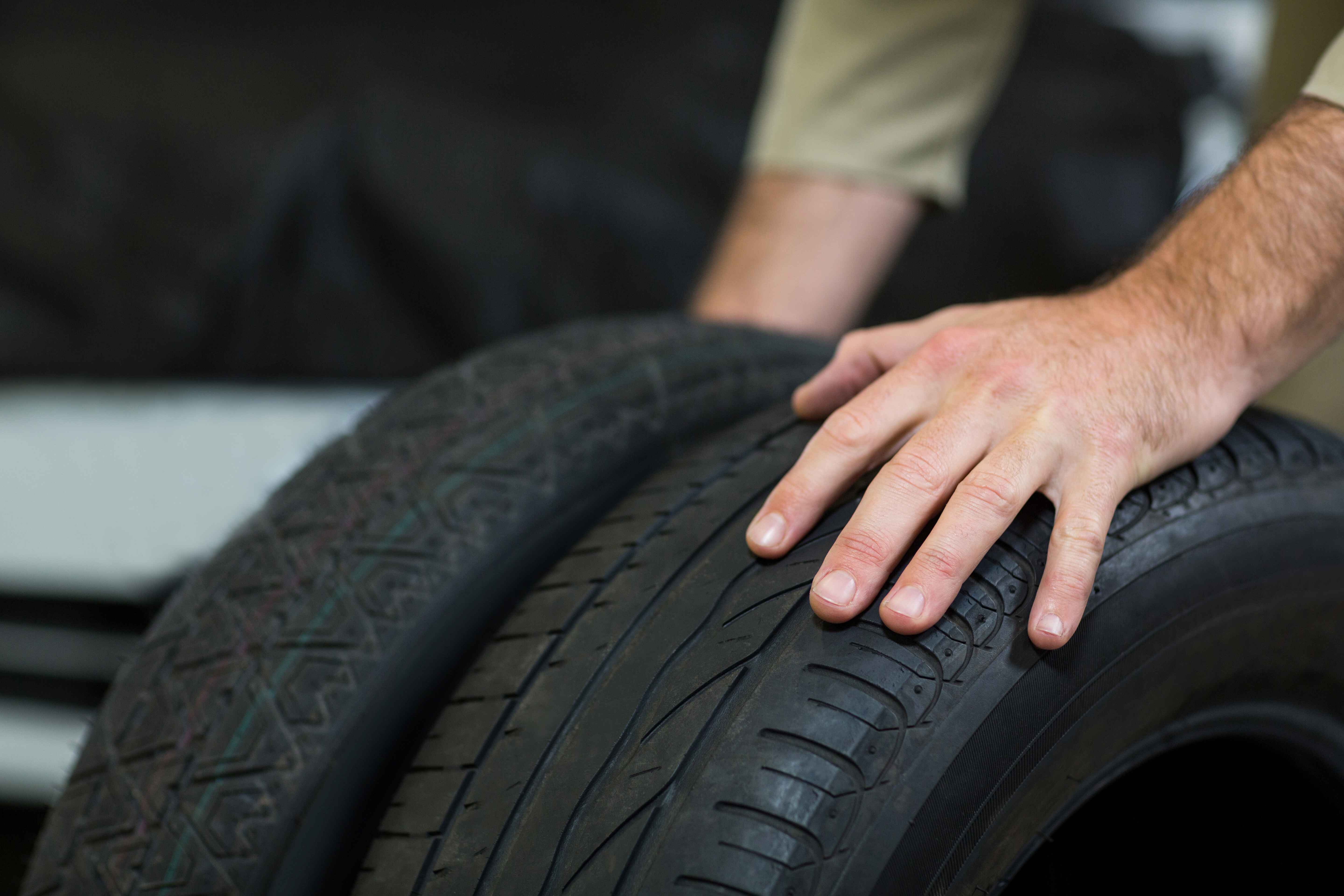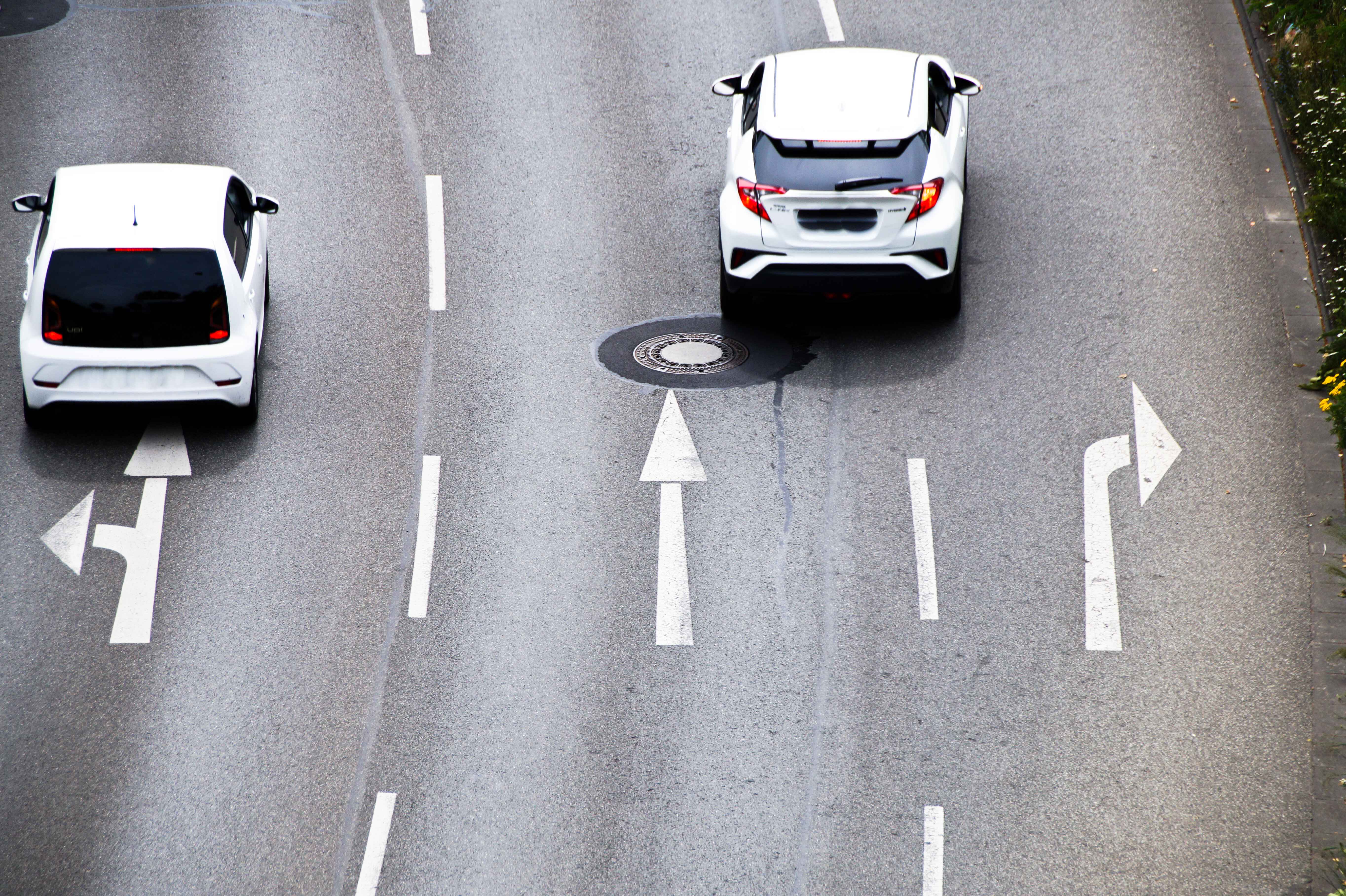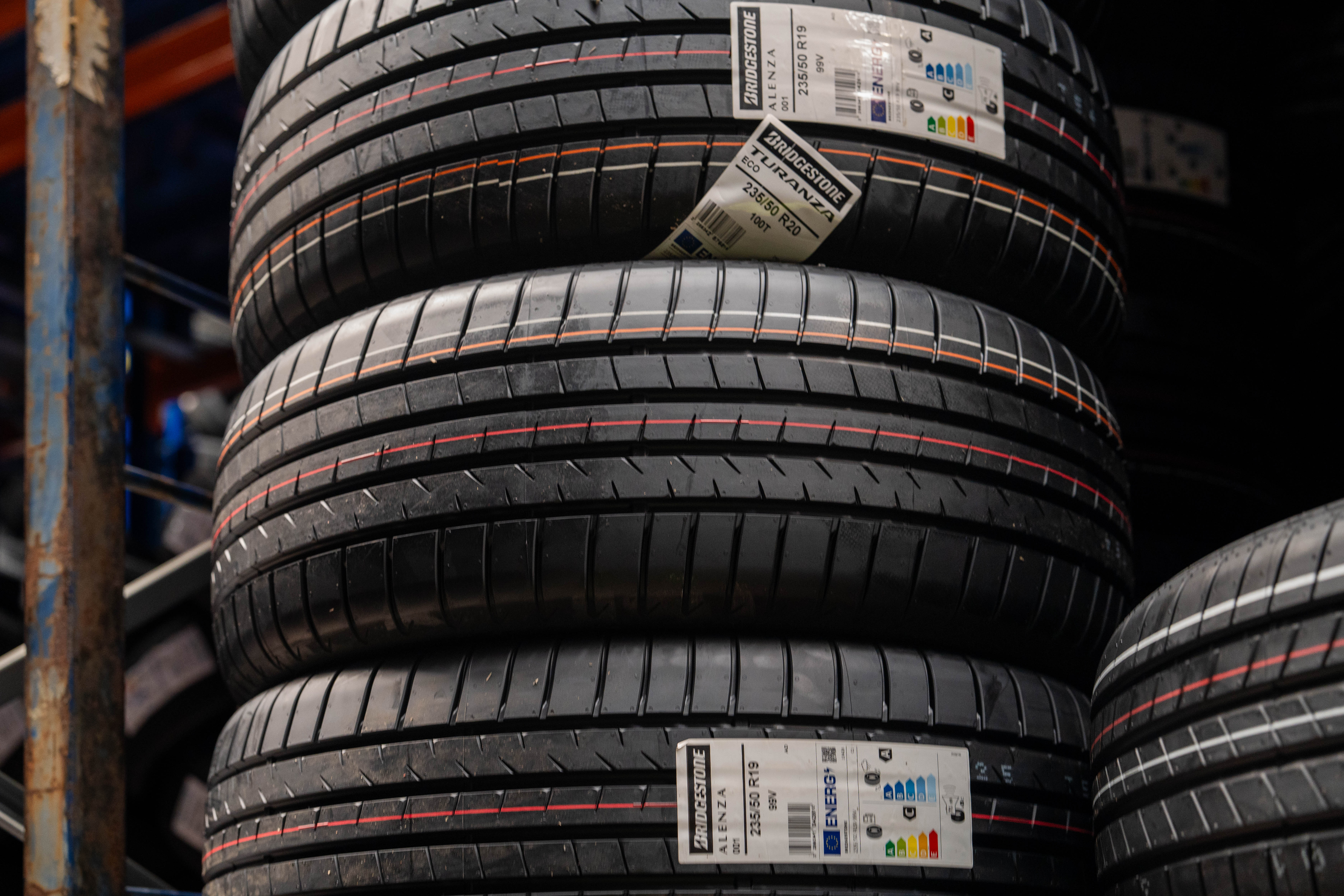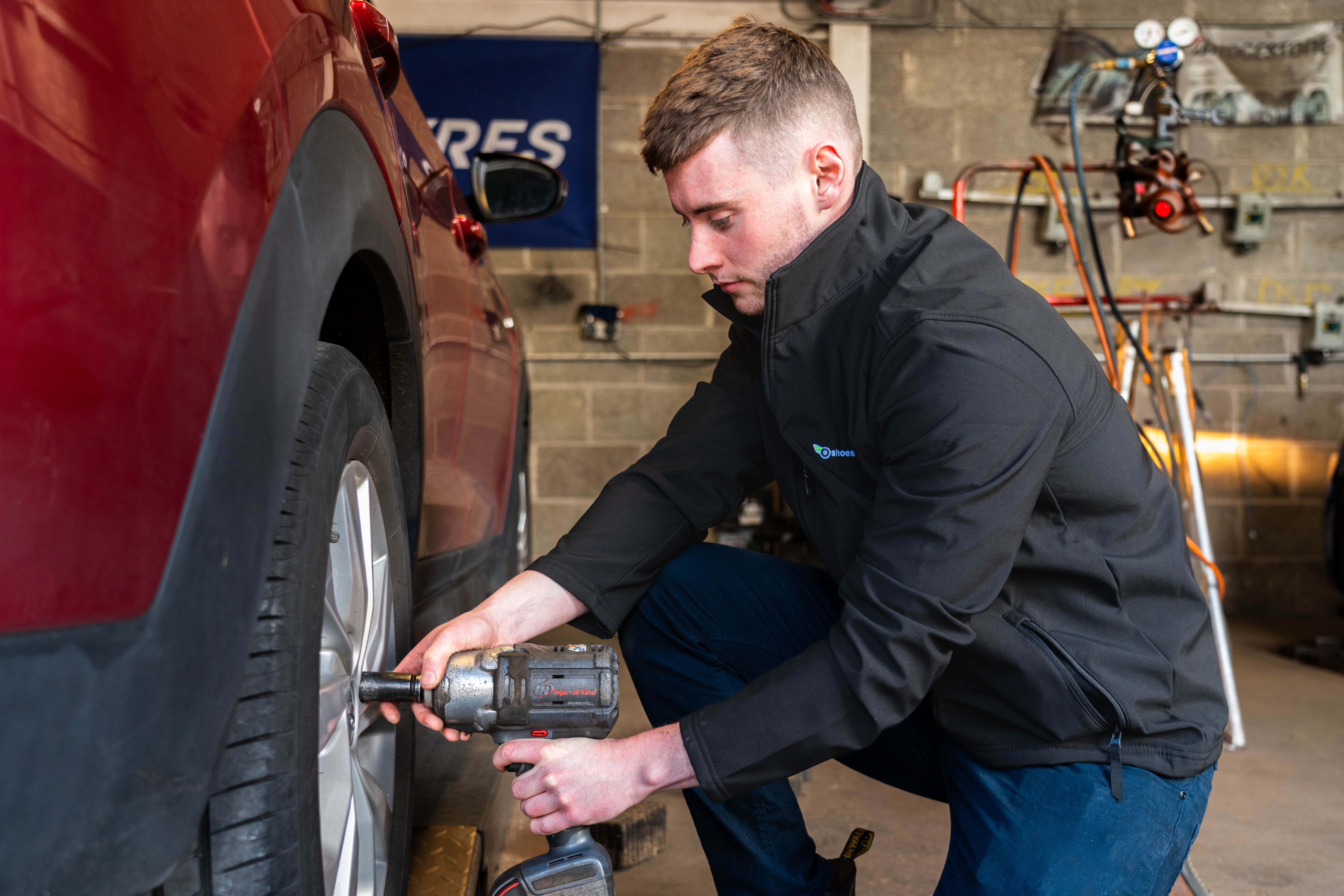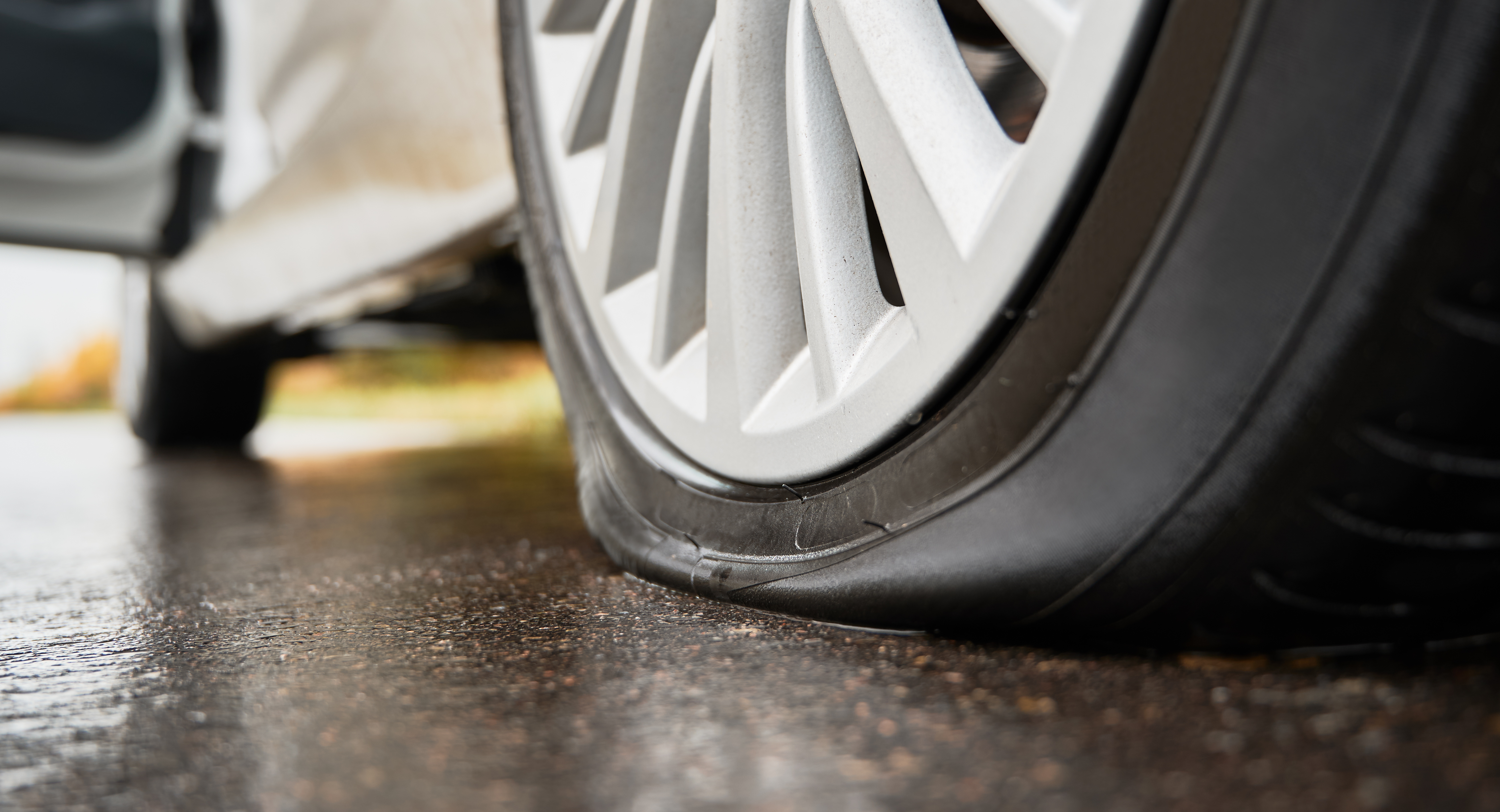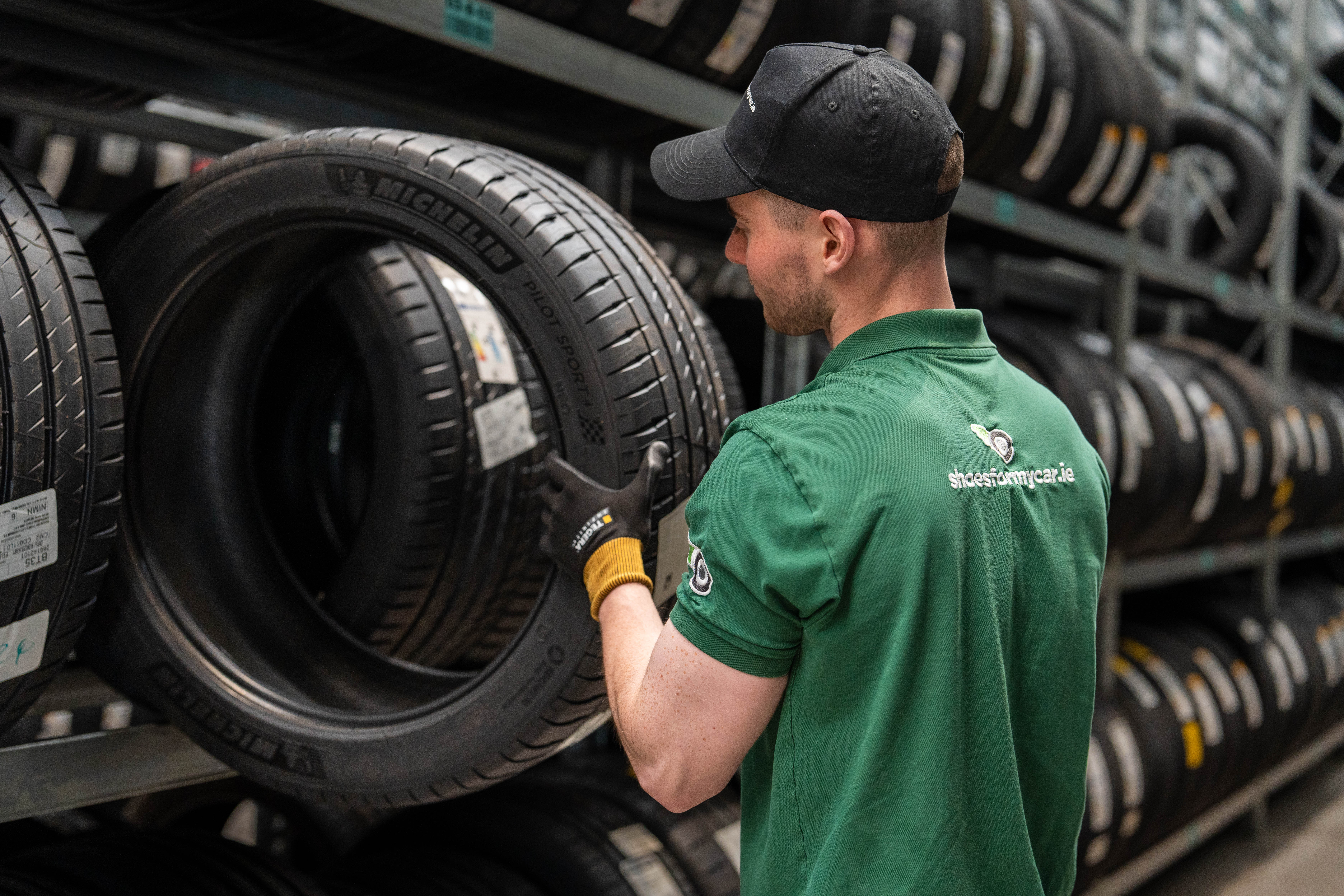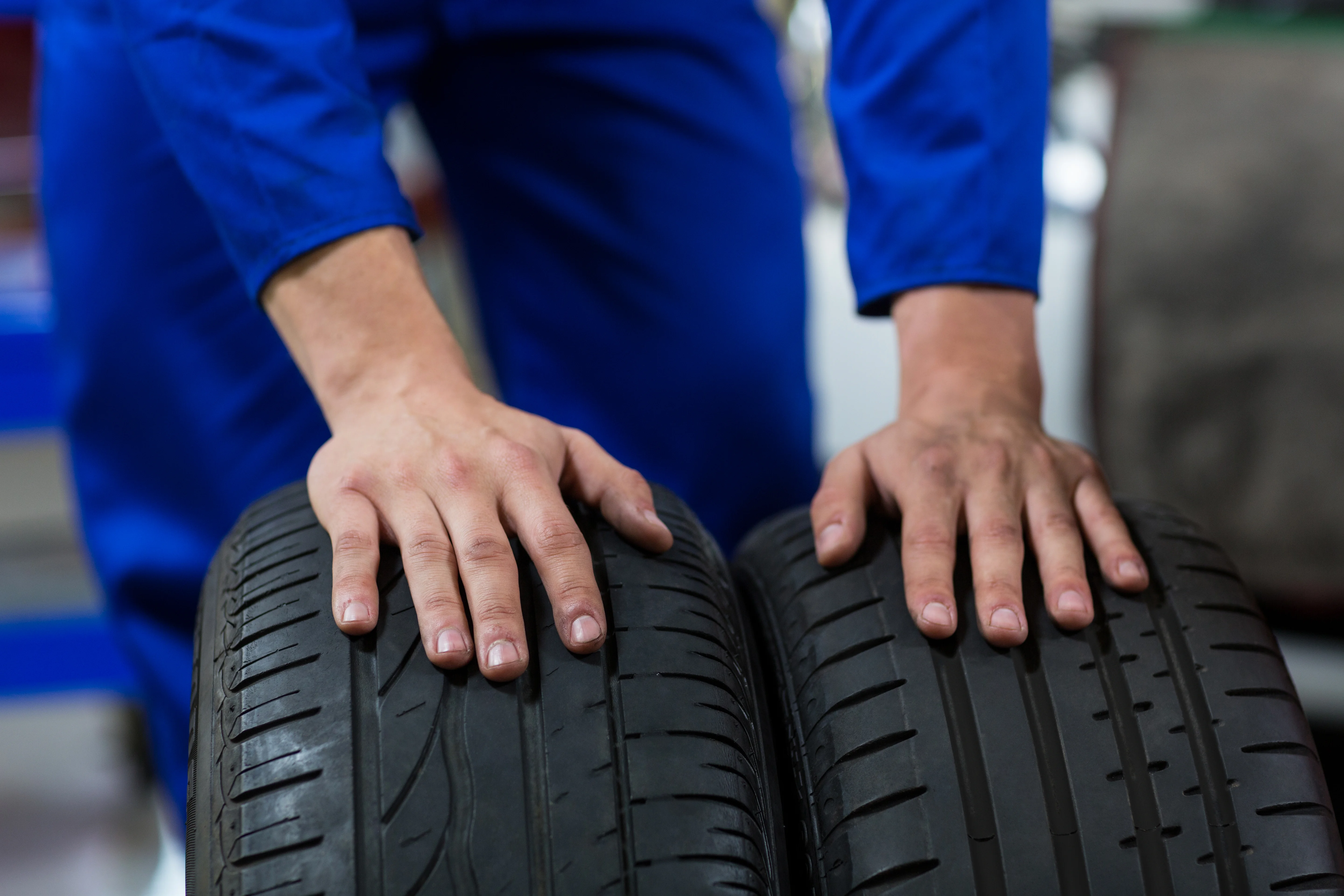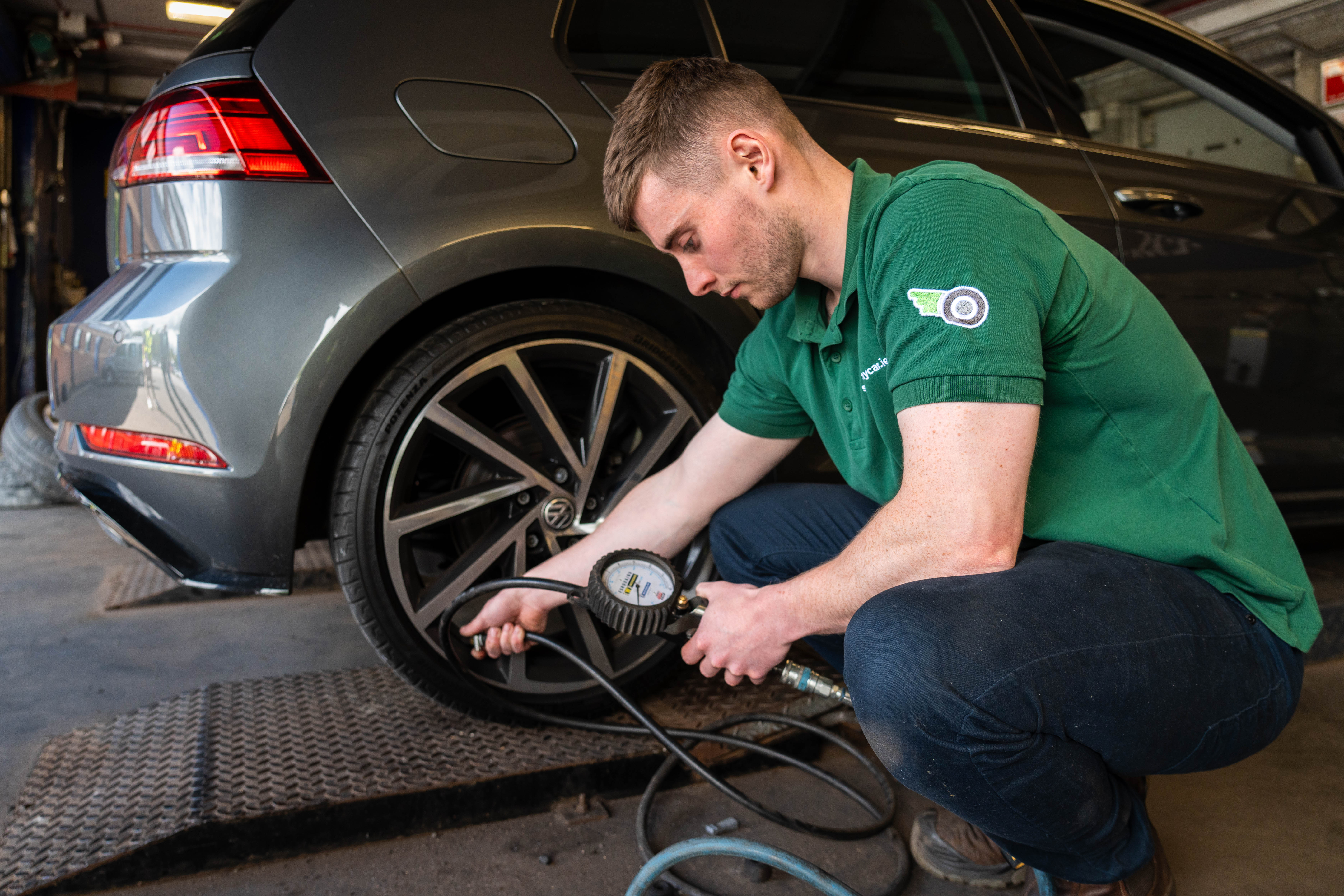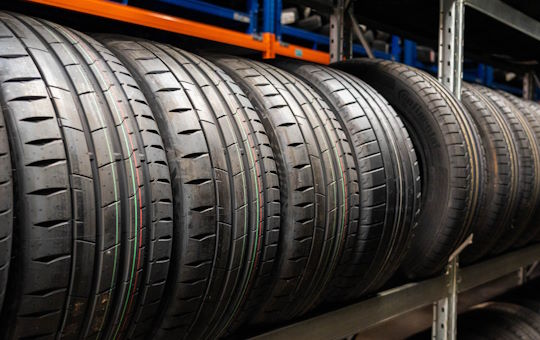Icy roads are no joke. When temperatures drop and the ground freezes over, driving becomes significantly more dangerous. Even experienced drivers can struggle with reduced traction, longer stopping distances, and a higher risk of skidding. But with the right precautions, you can stay in control and reduce your risk of an accident. Here’s how to drive safely in icy conditions.
Safety starts with the right tyres. Find your car's perfect tyres here.
1. Slow right down
Speed is your worst enemy on icy roads. Even if you think you’re going slowly, go slower. Ice dramatically reduces tyre grip, meaning it takes much longer to stop and increases the chances of skidding or losing control. Slowing right down gives your tyres the best chance of maintaining traction and gives you more time to react.
Here’s why slowing down matters:
|
🚫 What happens if you don’t slow down |
✅ What happens when you do |
|
Braking distances increase massively |
You stop more safely and smoothly |
|
Easier to lose control on corners |
Better grip through turns |
|
More likely to skid on hidden black ice |
More time to spot hazards |
|
Harder to react to other drivers |
Greater control in emergencies |
Approach every turn, stop, and hill with care — and remember, no one’s ever regretted taking it slow in icy weather.
2. Leave more space
Tailgating is dangerous in any weather, but on icy roads it’s a recipe for disaster. Always increase your following distance — aim for at least 8 to 10 seconds between you and the car in front. That extra space gives you more time to brake gently and react to sudden changes.
Tip: Count the seconds as the car in front passes a landmark — if you reach it before you’ve finished counting to eight, you’re too close.
Learn more about braking distances in different weather conditions.
3. Switch to winter tyres
Not all tyres are created equal when it comes to icy roads. Standard or summer tyres harden in cold weather, making it harder for them to grip the road. Winter tyres, on the other hand, stay flexible in low temperatures and have deeper tread patterns to improve traction on snow and ice. If you regularly drive in freezing conditions, switching to winter tyres can make a big difference in both tyre safety and performance.
|
Standard/Summer Tyres |
Winter Tyres |
|
Harden in cold weather |
Stay flexible in low temperatures |
|
Shallow tread patterns |
Deeper tread for better grip |
|
Reduced traction on ice |
Improved traction on ice and snow |
|
Longer stopping distances |
Shorter stopping distances |
4. Go easy on the pedals
Quick reactions like slamming the brakes or flooring the accelerator can easily send your car into a skid on icy roads. Smooth, gradual movements are the key to maintaining control. Anticipate turns, stops, and other drivers well in advance so you can ease into every action without jolting the vehicle.
How to Accelerate On Ice Safely
Steady pressure → Gradual acceleration → Maintain controlled speed → Ease off when necessary → Smooth adjustments
What To Do If You Start Skidding On Ice
Foot off the accelerator → Steer in the direction you want the car to go → Avoid slamming on the brakes → Gradual control until recovery
5. Turn on your headlights
In icy weather, visibility is crucial for your safety and the safety of others on the road. Winter conditions, like a low sun, falling snow, or fog, can make it harder to see clearly. One simple way to boost visibility is by turning on your dipped headlights. This is especially important during daylight hours when conditions might still be tricky.
Turning on your headlights doesn’t just help you see better; it helps others see you. The goal isn’t to illuminate the road ahead - your dipped beams won’t do much in snow or fog - but to make your vehicle more noticeable to other drivers, cyclists, and pedestrians. This can give them the time they need to react and avoid accidents, creating a safer driving environment for everyone.
6. Keep your windscreen clear
Before starting your journey, it’s essential to clear all ice, frost, or condensation from every window, mirror, and light fixture of your vehicle. This ensures maximum visibility. During your drive, keep your windscreen wipers on and use the defroster to maintain a clear view of the road ahead.
In winter conditions, clear visibility isn’t just a convenience - it’s a critical safety measure. Poor visibility can lead to accidents, so taking the time to prepare your vehicle and maintain a clear field of vision is essential.
Tip: Keep a scraper and de-icer handy in your car for quick clearance before you drive.
7. Avoid hills when you can
Winter driving presents a unique set of challenges, and one of the most significant hazards involves navigating roads with varying inclines. While hills might seem innocuous under normal conditions, they can become treacherous obstacles when ice or snow is present. The risks associated with ascending and descending hills on slick surfaces warrant careful consideration and, whenever feasible, avoidance.
Given these inherent risks, the most prudent approach to winter driving is to prioritise flatter routes whenever possible. Before embarking on your journey, consider consulting maps or navigation apps to identify alternative roads that minimise or eliminate steep inclines. While a slightly longer route might be necessary, the added safety and reduced stress of avoiding hills on icy days are well worth the extra time.
How to Drive on Hills When Avoidance Isn't Possible
Despite your best efforts, there may be instances where navigating a hill in icy conditions is unavoidable. In such situations, adopting specific driving techniques can help mitigate the risks:
Driving Uphill in Icy Conditions
- Build Momentum: Before reaching the incline, try to build a small amount of speed on a flat surface.
- Maintain Steady Speed: Once you begin ascending, apply gentle and consistent pressure to the accelerator.
- Avoid Sudden Movements: Don’t stop or change gears mid-way up to avoid losing momentum and traction.
- Regain Grip: If your tyres begin to spin, ease off the accelerator slightly to regain control.
Driving Downhill in Icy Conditions
- Slow Down First: Reduce your speed before you start descending.
- Use the Lowest Gear: Shift to the lowest gear possible to help control your speed and reduce reliance on brakes.
- Brake Gently: Apply the brakes gently and progressively to avoid wheel lock-up.
- Increase Following Distance: Keep a greater distance between you and the car in front to allow for longer stopping distances.
- Anticipate Hazards: Look ahead to spot potential hazards or changes in road conditions at the bottom of the hill.
8. Be Ready for Emergencies
Life on the road is often unpredictable, and while we strive for smooth journeys, being prepared for unforeseen circumstances is a cornerstone of responsible driving. Equipping your vehicle with essential emergency supplies can make a significant difference in your safety and well-being if you encounter a problem.
Consider keeping the following items readily accessible in your car:
- Torch: Essential for signalling, inspecting your vehicle in low light conditions, or finding items inside the car at night. Ensure it has fresh batteries or is a wind-up model.
- Blanket: Provides warmth in case of a breakdown during cold weather or if you are stranded for an extended period. A thermal blanket is a compact and effective option.
- Ice Scraper and Snow Brush: Crucial for maintaining visibility during winter months by clearing your windshield and windows of ice and snow.
- First Aid Kit: A well-stocked kit should include bandages of various sizes, antiseptic wipes, pain relievers, gauze pads, medical tape, and any personal medications you may need. Familiarise yourself with its contents.
- Fully Charged Phone and Charger/Power Bank: Your primary means of communication in an emergency. A car charger or a portable power bank ensures you can contact help even if your car battery is depleted. Consider storing a physical list of essential contact numbers as a backup.
- Warning Triangle: To alert other drivers to your presence if your vehicle is stopped in a potentially hazardous location. Place it at a safe distance behind your car according to local regulations.
- Basic Toolkit: A small set of basic tools, like a wrench, screwdriver, pliers, and tyre pressure gauge, can be helpful for minor repairs.
- Jumper Cables: If your battery dies, jumper cables will allow you to get a jump start from another vehicle. Knowing how to use them safely is also important.
- Water and Non-Perishable Snacks: In case of a prolonged delay, having water and energy-rich snacks like granola bars or dried fruit can help sustain you.
If you find yourself in a breakdown or emergency situation:
- Stay with your vehicle: Your car provides shelter and makes it easier for emergency services to locate you.
- Activate hazard lights: To warn other drivers of your stopped vehicle.
- If safe to do so, position warning triangles: Place them at an appropriate distance to alert oncoming traffic.
- Call for help: Use your fully charged phone to contact emergency services, roadside assistance, or a trusted contact. Provide them with your exact location if possible.
- Conserve resources: If you are stranded for a long time, ration your water and food supply.
- Stay warm: Use your blanket to stay warm, especially in cold weather.
Being prepared for emergencies is not about expecting the worst, but rather about taking proactive steps to ensure your safety and well-being on the road. A little preparation can go a long way in mitigating the stress and potential dangers of unexpected situations.
Safe Driving in Icy Conditions Starts with the Right Tyres
Driving on icy roads requires extra caution, patience, and the right preparation. Slowing down, using the proper tyres, and staying alert are key to reducing the risk of accidents. If the conditions are particularly treacherous, it’s always safest to delay your journey. Remember, when in doubt, don’t risk it.
Ensure you have the right tyres to tackle icy roads with confidence. Find your ideal tyres by car reg with Shoes For My Car today to order your tyres online and have them fitted wherever you are in Ireland.

